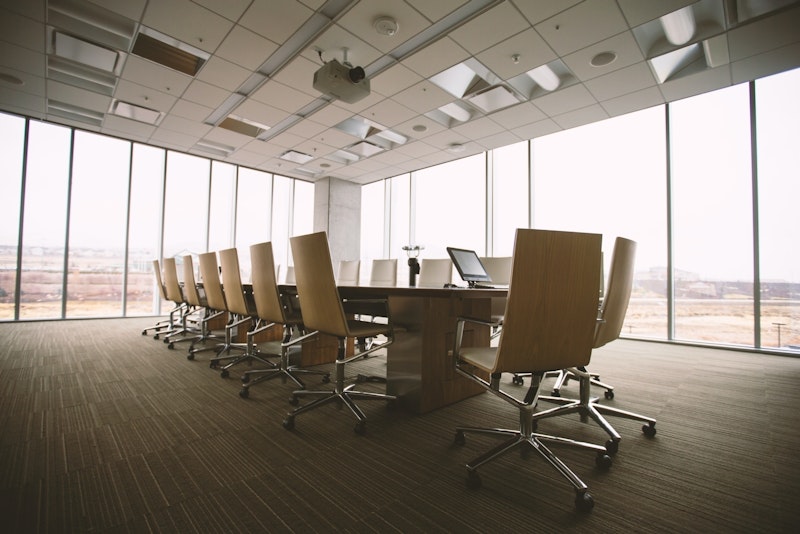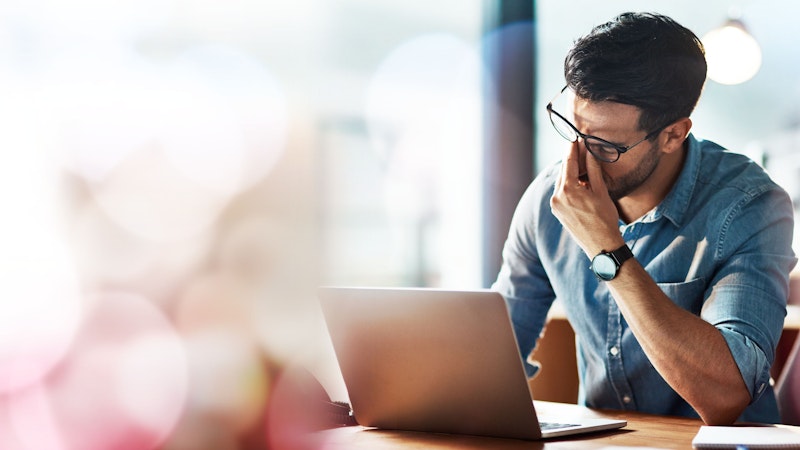In planning how to use our offices we need to create somewhere not just for different tasks but also for different kinds of people.
Doing tasks effectively means creating space: for working together and working alone; for relationship building with colleagues; for learning and development; and for a new hybrid world that combines in-office and out-of-office groups at the same time. TW are doing this while moving to open plan, which on its own is usually a big enough change.
But as well as providing environments for different types of work dynamics, offices need to provide spaces that work for different kinds of people. That includes the neurodiverse, which amongst other things encompasses those with a wide range of different presentations of dyslexia, autism, ADHD and dyspraxia – everybody is differently abled. Our goal has been to create spaces that allow people to be at their natural best, rather than making people fight against their natural grain.
The neurodiverse tend to be over or under stimulated by parts of their environment, such as background noise and lighting, but also including textures, smells and temperature. Sean Gilroy, head of neurodiversity and cognitive design at the BBC and his colleague Leena Haque have produced a practical checklist to help their real estate teams consider how to keep staff happy and productive.
The February 2018 CIPD guide on neurodiversity at work estimates these aspects may strongly affect 10% of people. Tesco have decided to make their ' quiet hour' scheme permanent in stores, seeing it relating to perhaps 20% of the population. Whatever the actual number, the lesson for businesses is it is highly likely we already have such diversity within our staff and within our clients.
We are used to psychometrics showing individuals have different strengths and weaknesses. It is odd therefore that the neurodiverse were often referred to as being on “a” spectrum. Instead, we now are more aware individuals similarly have their own personal spider diagram of peaks and troughs, and their own ways of managing these.
Organisations need people that think outside the box because innovation does not come from Group Think. Indeed, change in organisations often happens outside the Centre, from the edges, where people are often freer to approach things differently.
There is a huge array of essential skills available to business, with many traits undiagnosed. Autistic traits might include some challenges with social interaction, a need for clear structure and communication, and may find environments noisy and overstimulating, yet they bring great data driven analytic thinking and in-depth expertise and grasp of detail. Dyslexics may have challenges with literacy and language while bringing atypical problem solving, reframing risks in different ways, and big picture insight that is often associated with entrepreneurs. Dyspraxia may lead to people being seen as clumsy while also being resourceful and good at inferential reasoning and entrepreneurial. Attention Deficit Hyperactivity Disorder is about being under-stimulated, not over-stimulated, and the desire to avoid boredom and push boundaries can make people highly resilient when dealing with levels of uncertainty that would be stressful for ‘neurotypicals’. We are all complex beings, and these characteristics are often seen strongly in many highly successful leaders in their fields, from scientists to actors to entrepreneurs.
In addition, both stress and age can alter how people function. We are not a constant forever. The Alzheimer’s Society have produced useful guides on creating a dementia friendly workplace and considering this did result in us changing some proposed colours use in our fit out plans.
Turning to concrete steps for a premises move, we have tried to maximise natural light in selection of our building yet ensure all widows have blinds. We have also considered temperature-controlled lighting in one meeting room but for now are holding on that to see if it is necessary. Carpets are neutral with clear demarcation between areas.
Those who have already moved to open plan know how it can take a while for noise levels to settle. Our fit-out firm advised it is easy to misjudge acoustic paneling and it is best to assess acoustics in use, but as part of considering open plan our partners were open that some people might wish to use noise cancelling headphones, something few firms would ever have countenance in the past. We have designed different areas for quiet work and reflection as well as more social areas, and tried to keep good space between groups.
For olfactory our new cafeteria has non recirculating air conditioning, as does the whole office, and all windows all the way around the outside can open, unusual in a multi floor building but one we thought important after COVID. We will also have policies about food at desks.
In terms of tactile senses we have been careful with fabrics (rejecting some when choosing furniture), and also with the surfaces we have chosen. We have also made one of our meeting rooms a less formal ‘sofa room’ in place of using meeting room furniture.
Organisationally we will have simple booking systems, clear instructions on how to use equipment – such as new photocopiers, meeting room panels and AV and coffee machines - and while hybrid working means we do not want desk tidy trays where items could sit unactioned, we know we might need a few to ensure it works for people so long as we have clear protocols around use. We are a firm that is flexible in how people work, when they work so long a core hours are covered, providing it works for our clients and the firm as a whole.
There is very much still to do. But an office move has provided a fantastic opportunity to rethink our physical environment and how we make it fit for humans.
Related News & Insights
-
Thackray Williams names new Senior Employment Partner
News | 29 September 2025
-
The psychology of managing a hybrid team at work
Articles | 20 August 2025
-
The broader context of an employee’s complaint to be considered when assessing victimisation (Kokomane v Boots Management Services)
News | 3 July 2025
-
A fair redundancy process must consider alternative employment (Hendy Group v Kennedy (EAT)
Articles | 24 June 2025














